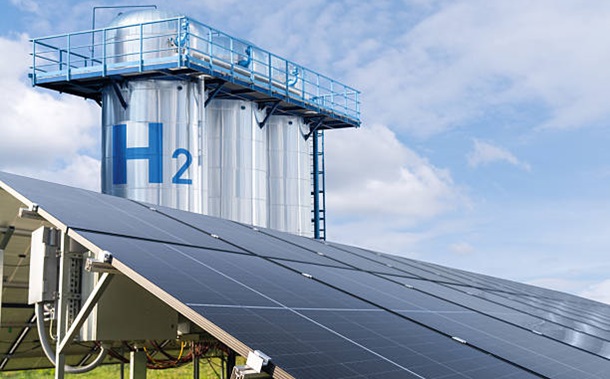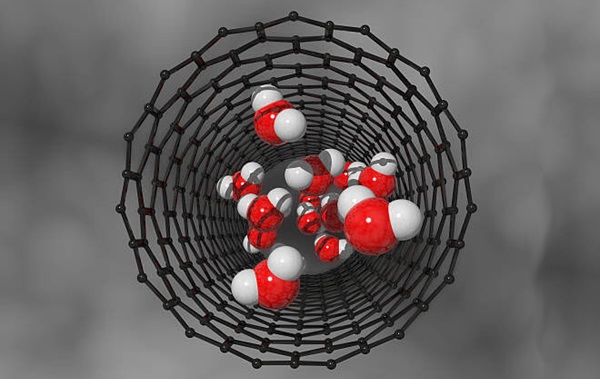Stiffness and Strength of Granular Soils Improved by Biological Treatment Bacteria Microbial Cements
Downloads
In some parts of the world mechanical properties of problematic soils are not suitable for construction purposes. Today, regard to the importance of the soil improvement; by considering methods with more concordance with the environmental mechanisms in the nature, and with study and combination of geotechnical science, microbiology and geochemistry; researchers try to provide a suitable way to improve the physical and mechanical properties of the problematic soils. In this paper, the effect of the aerobic microorganisms of Sporosarsina Pasteurii (PTCC 1645), as a producer of Urease for the sedimentation of calcium carbonate and improvement of granular soil of Garmsar Industrial Town is evaluated experimentally in order to check the effects of this phenomena on the shear strength and stiffness of the granular soils. The results of the uniaxial compressive strength tests show the effect of adding the above mentioned microbial solution to the soils, in case of increased uniaxial compressive strength and stiffness of the soil. It should be mentioned that the granular soils have no compressive strength, naturally but after bio cementation the samples got notable values.
Downloads
Ivanov I., Chu J., 2007, Applications of microorganisms to geotechnical engineering for bioclogging and biocementation of soil in situ, Rev. Environ. Sci. Biotechnol. DOI 10.1007/S11157-007-9126-3, DOI: https://doi.org/10.1007/s11157-007-9126-3.
Rong H., Qian C-X., Li L-Z., 2012, Study on microstructure and properties of sandstone cemented by microbe cement, Construction and Building Materials 36 (2012) 687–694, DOI: https://doi.org/10.1016/j.conbuildmat.2012.06.063.
Ivanov V., Chu J., Jia H., Chenghong G., Rezaei Nejad S., And Naeimi M., 2009, Bioclogging and biocementation of soil in geotechnical engineering, 8th International Congress On Civil Engineering, Shiraz, Iran.
Stabnikov V., Naeimi M., Ivanov I., Chu J., 2011, Formation of water-impermeable crust on sand surface using bio cement, Concrete Research 41 (2011), DOI: https://doi.org/10.1016/j.cemconres.2011.06.017.
Hushmand A., Emami A., Abraham S., 2014, the effect of the injection on the compression strength of not limited biological soil improvement and the amount of calcium carbonate in the soil, in Persian, The 7th national congress of civil engineering, Shaheed Nikbakht Engineering College, Zahedan, 17 and 18 may 2014.
Cabalar A. F., Karabash Z., Erkmen O., 2016, Stiffness of a biocemented sand at small strains, European Journal of Environmental and Civil Engineering, DOI: 10.1080/19648189.2016.1248791.
Mujah D., Shahin M., Cheng L., 2016, Performance of biocemented sand under various environmental conditions, XVIII Brazilian Conference on Soil Mechanics and Geotechnical Engineering The Sustainable Future of Brazil goes through our Minas COBRAMSEG 2016 –– 19-22 October, Belo Horizonte, Minas Gerais, Brazil © ABMS, 2016.
Mahawish A., Bouazza A., Gates A. P., 2017, Microstruture of biocemented coarse sand, DFI-PFSF 2017 Conference, Melbourne.
Cheng L., Shahin M. A., Cord-Ruwisch R., 2017, Surface Percolation for Soil Improvement by Biocementation Utilizing In Situ Enriched Indigenous Aerobic and Anaerobic Ureolytic Soil Microorganisms, Volume 34, 2017 - Issue 6, pages 546 to 556, DOI: 10.1080/01490451.2016.1232766.
Gomez M. G., Graddy C. M. R.; DeJong J. T., Nelson D. C. , 2018, Stimulation of Native Microorganisms for Biocementation in Samples Recovered from Field-Scale Treatment Depths, Journal of Geotechnical and Geoenvironmental Engineering, Volume 144 Issue 1 - January 2018, DOI: 10.1061/(ASCE)GT.1943-5606.0001804.
ASTM D 6913, 2009, Standard Test Methods for Particle-Size Distribution (Gradation) of Soils Using Sieve Analysis, DOI: 10.1520/D6913_D6913M-17.
ASTM D 4318, 2010, Standard Test Methods for Liquid Limit, Plastic Limit, and Plasticity Index of Soils, DOI: 10.1520/D4318-17E01.
ASTM C 25, 1999, Standard Test Methods for Chemical Analysis of Limestone, Quicklime, and Hydrated Lime, DOI: 10.1520/C0025-99.
- This work (including HTML and PDF Files) is licensed under a Creative Commons Attribution 4.0 International License.



















